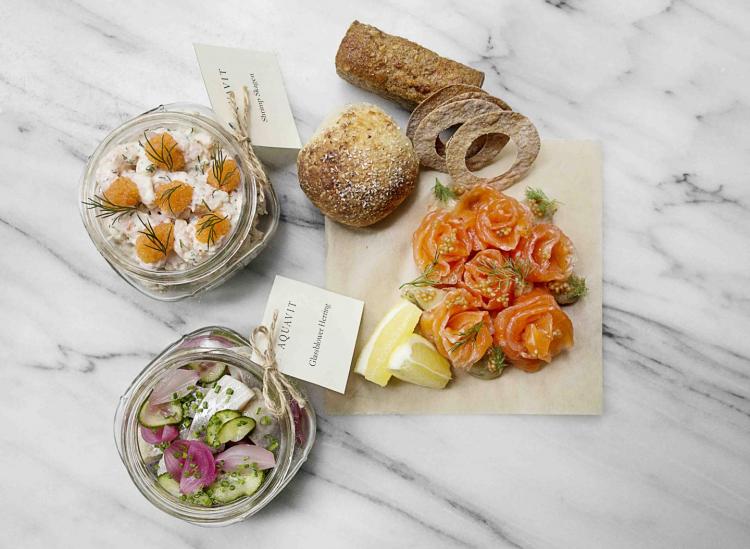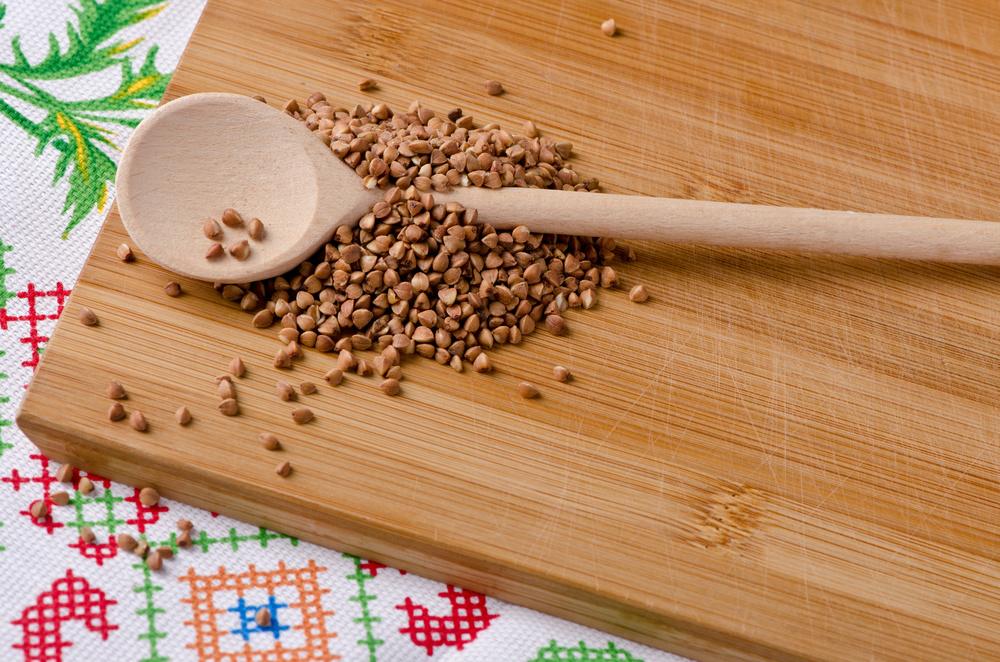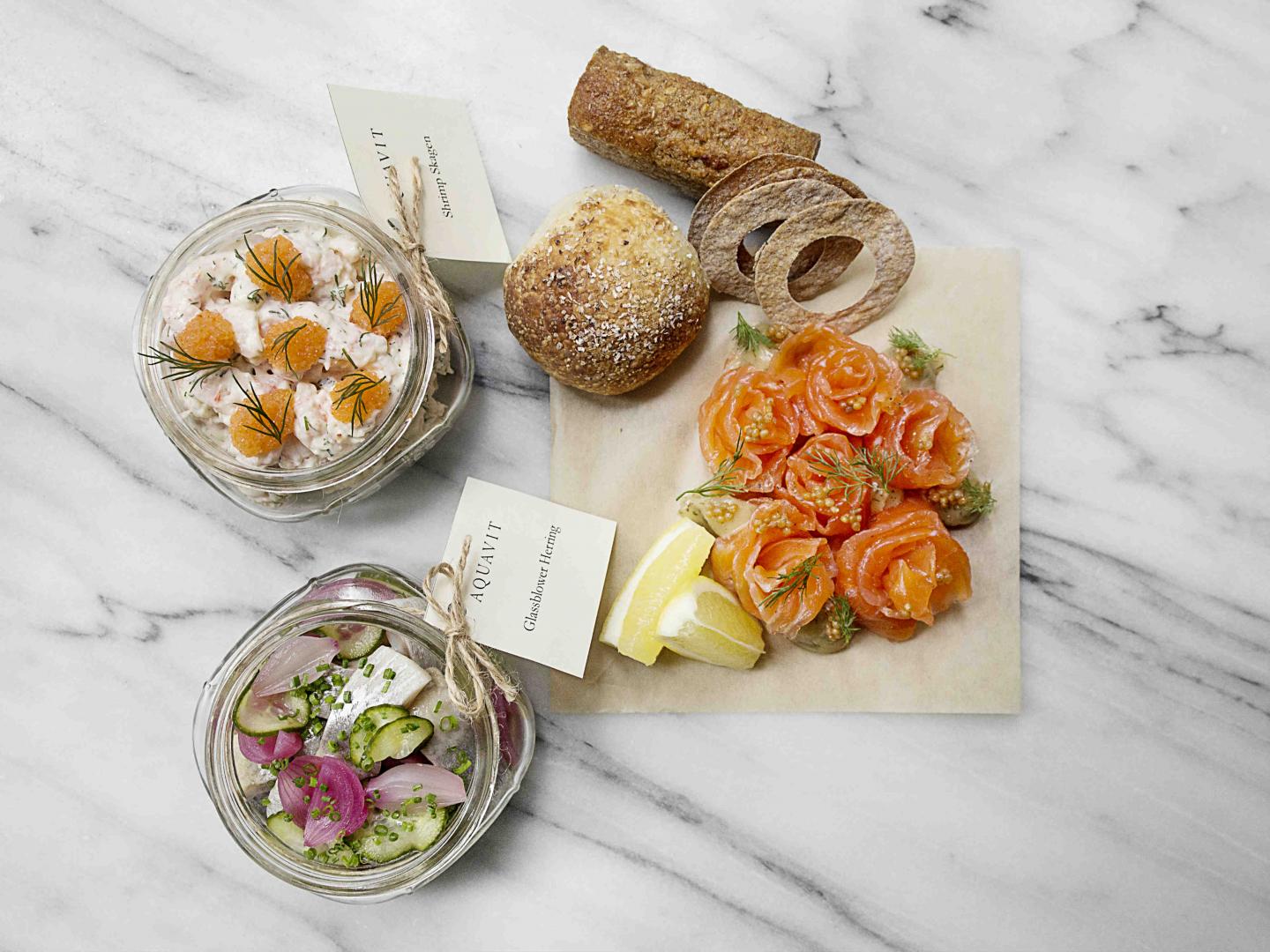9 Food Trends to Watch Out For in 2017

Yes, 2016 had its moments — poké exploded on the East Coast, cauliflower rice became a thing, and raclette dishes provided a whole new genre for the cheese-obsessed. If you’re passionate about the food world and want to stay on top of the emerging spices, vegetables at center stage, and ways to stay healthy in the new year, check out this list of predicted 2017 food trends.
Plant-Based Meats
Thanks to companies like Impossible Foods — a company founded by the biochemist Patrick Brown, where a team of scientists, engineers, chefs, and farmers work to develop plant-based meat and dairy products made without animals — there are finally veggie-based burgers that “bleed,” look, and taste like meat. David Chang’s Momofuku Nishi is the first restaurant to debut the plant-based burger on its menu. In an effort to reduce the environmental impact from eating meat, this revolutionary burger concept will have a huge impact moving forward. Hopefully, restaurants follow in Chang’s footsteps in 2017.
Seaweed
Seaweed might be the new kale. In addition to eating sushi, we can expect the rise of sea vegetables in many different forms throughout supermarkets and restaurants. According to a report from the restaurant consulting company Baum + Whiteman, consumers are starting to seek out seaweed more and more. Peggy Chan, the founder and chef of Grassroots Pantry says, “You can get that dose of omega-3 fatty acids and umami by creating all kinds of fun snacks, meals, and breakfast items.” If you don’t like the straight-up taste of seaweed, it’s ok, you might already be eating it in your ramen since it’s used as the foundation of many broths.

Shutterstock
Amaranth
This super grain, which was an essential part of the Aztec diet, will come into play in 2017, possibly even replacing the popular use of quinoa or farro. Amaranth is naturally gluten-free and a lot denser than other grains. Use amaranth as a substitute for pasta or a thickening agent in sauces, soups, and stews. This tiny grain is rich in fiber and protein, and it has a light, nutty, and crunchy flavor and texture if you choose to eat it as a snack.

Signe Birck / Aquavit
Nordic Cuisine
The Nordic diet takes inspiration from the eating habits of Denmark, Norway, Sweden, Finland, and Iceland, with some influences from the cuisine of Vikings. It’s all about eating seasonal, sustainable, and healthy, and using cooking methods like smoking, fermenting, and curing. Thriving nordic restaurants have been emerging around the country, including chef Fredrik Berselius’ four-star Nordic restaurant Aska, in Manhattan, and a modern Scandinavian restaurant, Pläj, in San Francisco. Expect the use of fennel and rye, cured fish dishes like Gravlax, and open-faced sandwiches with bright colorful ingredients and a combination of sweet, salty, and briny flavors.
Botanical Beverages
The trend of plant waters (coconut, maple, aloe) continues into 2017 for better or for worse. Most plant waters are packed with antioxidants and natural minerals and serve as a healthy substitute for any sugary drinks in your rotation. Botanical beverages are in the same family as plant waters and they are getting more love these days — these beverages use ingredients derived from plants, in the form of a liquid extract or dried leaf and possess a floral aroma like jasmine or lavender.
Baharat
The executive chef of McCormick & Co., Kevan Vetter, predicts in the latest “Flavor Forecast” that a new spice blend is on the rise. Vetter thinks Baharat — a fragrant Mediterranean blend of spices such as cumin, cardamom, black pepper, nutmeg, coriander, and paprika — could be this year’s top all-purpose seasoning.
Golden Lattes
Along with the new year comes new health regimens. Golden lattes are made with turmeric (a spice from the turmeric plant that serves as an anti-inflammatory agent and gives the latte its golden color), coconut oil, ginger, black pepper, cinnamon, raw honey, and some kind of plant-based milk. According to Brigitte Zeitlin (R.D., M.P.H., C.D.N.), the founder of BZ Nutrition, “They will be a big trend in the new year because of an increased interest in anti-inflammatory foods.” Start off your mornings with one of these healthy concoctions and reap the benefits — it’ll boost immunity and brain power, help with digestion, reduce cholesterol, help fight infection, depression, and cancer, plus it’s a great caffeine alternative.
Charcoal
That idea of not judging a book by its cover has never been more accurate. As It turns out, you can use charcoal for more than just grilling. Andrew Knowlton, Bon Appétit’s deputy editor, says that the “messy black stuff” can purify water, act as a natural remedy for food poisoning, and it has detoxifying properties. Consuming activated charcoal — the byproduct of burning coconut, shells, wood, or other plant materials — is not harmless and has the ability to bind positively charged ions (like chemicals) together, therefore removing them from the body. Activated charcoal can be found in everything from juices to ice cream to cocktails — and that’s just the beginning.
Healthy-ish Comfort Food
There’s something in between fried chicken and grain bowls. Chefs are learning to embrace vegetarian cuisine, now more than ever, by combing vegetables with comfort food cooking techniques and ingredients. Think avocado fries, cauliflower pizza, and shiitake “cacio e pepe.”











